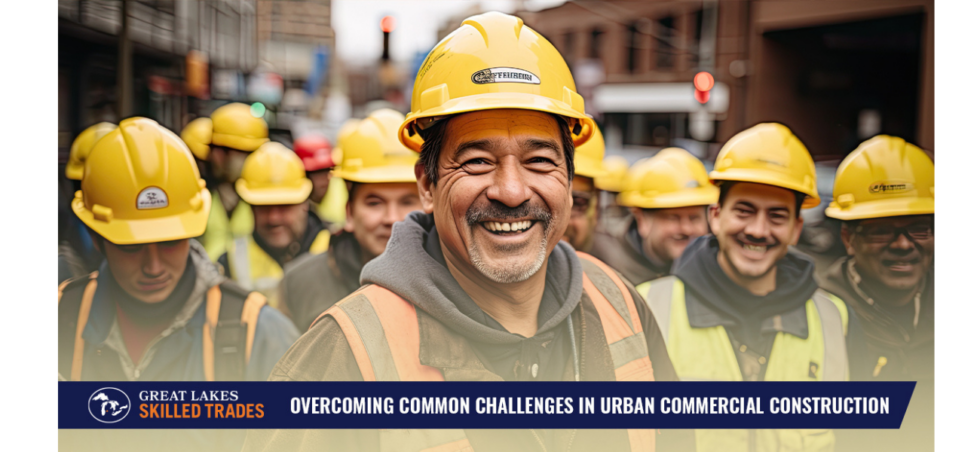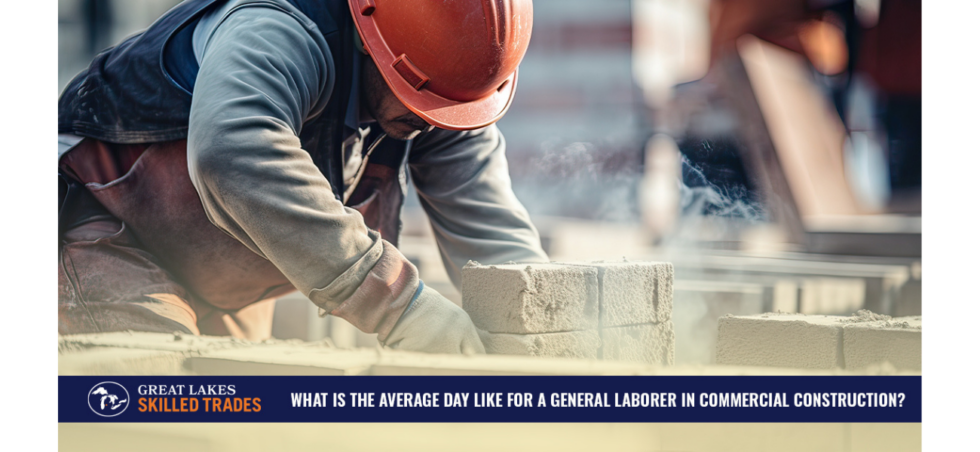There are only so many skilled tradespeople out there—not enough, to be frank. If you’re going to stand out from all the potential employers and land the cream of the crop candidates, it’s imperative that your job postings stand out from the sea of other contractors’ job postings. You need to make it enticing—it is an advertisement, after all—readable, mobile-friendly, and welcoming to diverse candidates.
That’s what this post is about. We’ll look at some big-picture issues when it comes to job postings. When you’ve finished the post, you should have several good ideas how you can get more bang for your job postings buck.
Ready? Let’s go.
Make your job postings enticing
As I said earlier, your job ad is just an advertisement. It should entice job seekers to itself.
Your posting has to stand out from all the other postings. To do that, you have to think like a market, Sell your Employee Value Proposition—what someone gets out of working for your company. Tangibles and intangibles. Gartner says the five fundamental elements that make up an EVP are compensation, work-life balance, stability, location, and respect. Does your construction company hit all these cylinders?
Do skilled tradespeople feel good to work at your construction company? How so?
Are there opportunities for “getting ahead” and developing one’s skills at your construction company? That’s a big selling point for job seekers nowadays.
Make your job postings mobile friendly
People look for work on their mobile devices, often during a break at their job. So it behooves you to make your job ad “mobile friendly.” That is, it needs to be easily digestible on a small screen. Since the launch of the iPhone in 2007, smartphone ownership has exploded to 77% of U.S. adults, according to a 2018 survey by the Pew Research Center. If your job posts aren’t mobile-friendly, you could be missing out on reaching a large percentage of the talent pool.
According to Glassdoor, 89% of applicants look for employment on their phones.
S0 . . . be mobile friendly.
That means that the text is easily readable, links and navigation are easily clickable, and it’s easy to consume the content in general. People tend to “scan” on their smartphones. So you want to use subheads frequently and organize information in bullets. Use short paragraphs, shorter sentences, and a good amount of white space. If you use too many words, you’re liable to infect job seekers with TLDR: Too Long, Didn’t Read.
It’s easy to see if your job postings are mobile-friendly. Look at them on a mobile device!
Make your job postings readable
Write for a junior high schooler. Really? Yes. Did you know the average adult reads at a 9th-grade level or that most popular fiction is written to a 7th-grade level?
It’s not that your readers at work aren’t intelligent. They’re just busy. If a piece of writing presents any difficulty, they’ll just start skimming—or just stop reading.
Rudolf Flesch designed a readability formula in the ’40s. It measures the average sentence length in words and the average word length in syllables. The higher the score, the easier something is to read. You want a score of 56 or higher. The Gettysburg Address is a 65. The average insurance policy is a 20.
To access readability statistics in Word, you’ll first need to turn the feature on. In Word, click the File tab and then click Options. In the Options window, select the Proofing tab. Enable both the “Check grammar with spelling” and “Show readability statistics” checkboxes. Click OK when you’re finished. Then bring up the document you want to rank and click spell and grammar check. The readability stats will come up at the close of the spelling/grammar check.
How do you write readable job postings? Write simply.
In terms of words, there is usually a simpler alternative. Big as opposed to enormous, for example. Or use instead of utilize.
In terms of sentences, a few long sentences are not bad now and then to add variety to your writing. But aim for shorter rather than longer in the main. And don’t be shy about using one- or two-word sentences. (They’re actually sentence fragments.) They add punch to your writing. Zing.
Lastly, three-to-four sentences per paragraph is a good amount. (Apart from readability, using shorter paragraphs is a good idea because it creates more white space on the page. A huge block of grey text is off-putting to readers, especially on a smartphone. They’re liable to skip over your prose.)
Make your job postings female-friendly
You might be surprised to find your job postings are turning away ideal candidates because don’t “speak” to them or, worse, offend them. Helpful hints:
- A big part of the problem is that certain words and phrases could put off a large portion of the candidate pool. If candidates assume the role is more suited for the opposite gender, for example, you might be missing out on qualified candidates. There are female skilled tradespeople out there! The best way to avoid this common mistake is to avoid words that are typically understood to be coded for a male or female audience. For example, words such as “aggressive” and “ambitions” can prevent women from identifying with the job posting. There are several gender decoder tools you can use to help you reword your job posting so you aren’t unintentionally discouraging women from applying.
- Studies reveal that while men will usually apply for a job if they feel they meet 60 percent of the qualifications, women will hesitate unless they meet 100 percent of the qualifications. Therefore, only list the “must haves” when it comes to qualifications. You’ll see more women apply.
- If your construction company is making major strides toward becoming a more inclusive place to work, consider including this in your job descriptions. For example, At AAA Construction, diversity is a vital part of our history, culture, and identity. We know through experience that different ideas, perspectives, and backgrounds create a stronger and more creative work environment that delivers better results. We strive to create a workplace that reflects the communities we serve and where everyone feels empowered to bring their full, authentic selves to work. “
- Stress that your construction company has tailored itself to be inclusive of women. For example, you allow flexible schedules. The typical hours on a construction site—start early, stay late—can be a deal breaker for women with school-age children. Also, note your gender-specific porta-potties and PPE that can fit on women’s frames.
Wrapping up
Considering how hard it is to find skilled tradespeople, you need to make your company stand out to job seekers. A big way you can do that is through a terrific job posting. A good posting not only outlines the duties and responsibilities of the job but also describes how the role fits within the organization, what some of the goals for the position are, where the organization is headed in the near future and any history that is relevant to the position or mission.
Did you like this post? Try Women make awesome skilled tradespeople and/or How to get referrals for your construction business.








